EPA sets auto pollution rule that boosts EVs
The Biden administration's new rules will push US automakers toward electric vehicles and hybrids
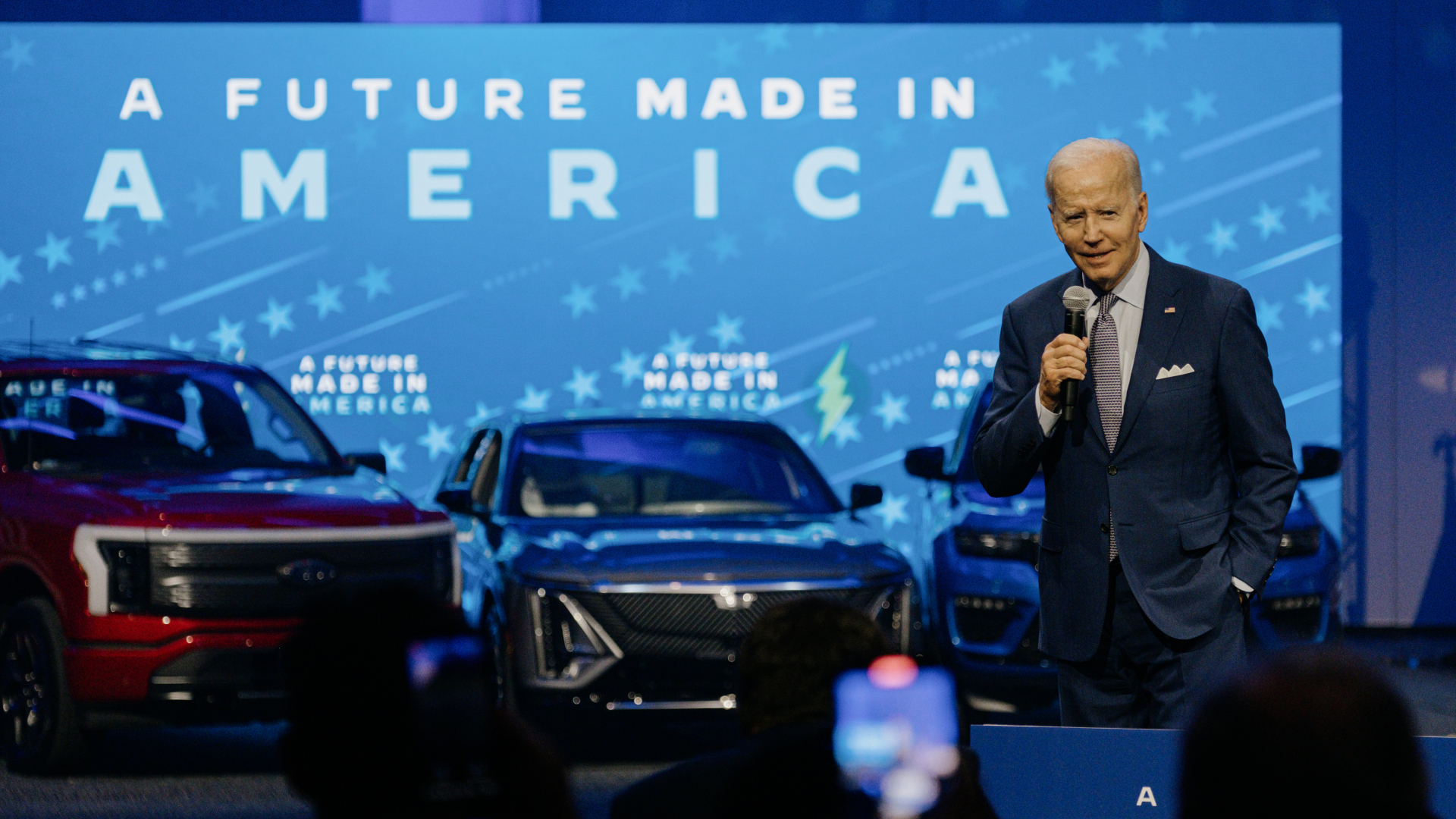

What happened
The Environmental Protection Agency released tailpipe emissions standards Wednesday that will sharply reduce greenhouse gases and other airborne pollutants. The final Clear Cars rule has a slower rollout than standards proposed last year but ends at President Joe Biden's same goal: a 50% cut in vehicle carbon emissions by 2032.
Who said what
"We'll meet my goal" of "half of all new cars and trucks sold in 2030" being zero-emission, then "race forward in the years ahead," Biden said. "The future is electric," but "pace matters" and "these adjusted EV targets — still a stretch goal — should give the market and supply chains a chance to catch up," said Alliance for Automotive Innovation chief John Bozella. "We'll do everything we can to stop the rule," American Petroleum Institute CEO Mike Sommers said.
This commentary
"This is one of the biggest pieces of climate regulation in history," so of course "it's going to have opponents," said Chris Harto at Consumer Reports. This "incremental move" is still "too weak and slow," the Los Angeles Times said in an editorial. "We're in the race of our lifetime against climate change and President Biden is driving way below the speed limit."
The Week
Escape your echo chamber. Get the facts behind the news, plus analysis from multiple perspectives.

Sign up for The Week's Free Newsletters
From our morning news briefing to a weekly Good News Newsletter, get the best of The Week delivered directly to your inbox.
From our morning news briefing to a weekly Good News Newsletter, get the best of The Week delivered directly to your inbox.
What next?
The Clean Cars standards start with 2027 models. Oil trade groups and Republican officials said they will sue to overturn the rule, and former President Donald Trump said he will try to reverse it if elected.
A free daily email with the biggest news stories of the day – and the best features from TheWeek.com
Peter has worked as a news and culture writer and editor at The Week since the site's launch in 2008. He covers politics, world affairs, religion and cultural currents. His journalism career began as a copy editor at a financial newswire and has included editorial positions at The New York Times Magazine, Facts on File, and Oregon State University.
-
 Political cartoons for December 8
Political cartoons for December 8Cartoons Monday's political cartoons include ICE in the Big Easy, Warner on the wane, and a Putin peace deal
-
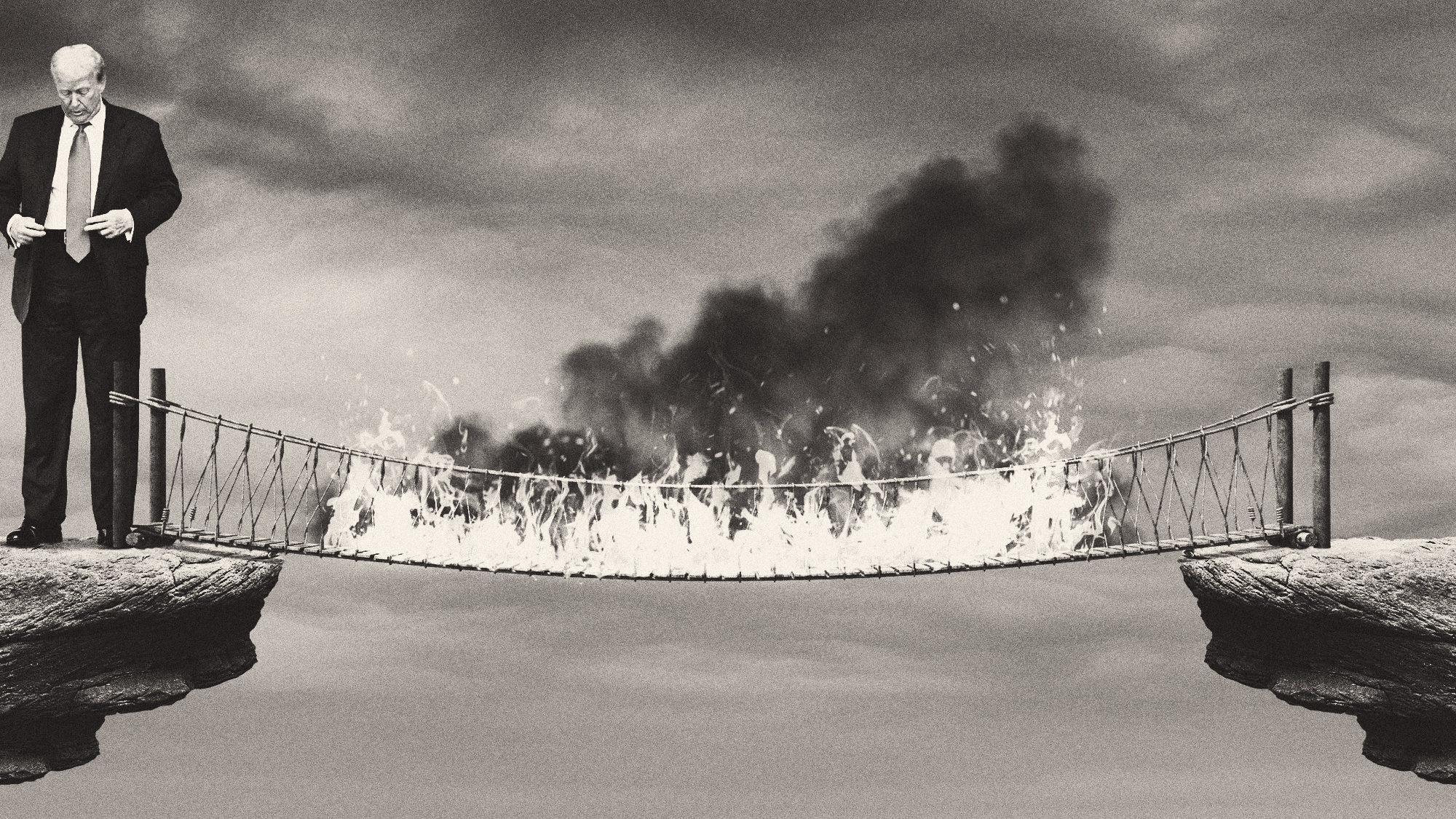 Did Trump just end the US-Europe alliance?
Did Trump just end the US-Europe alliance?Today's Big Question New US national security policy drops ‘grenade’ on Europe and should serve as ‘the mother of all wake-up calls’
-
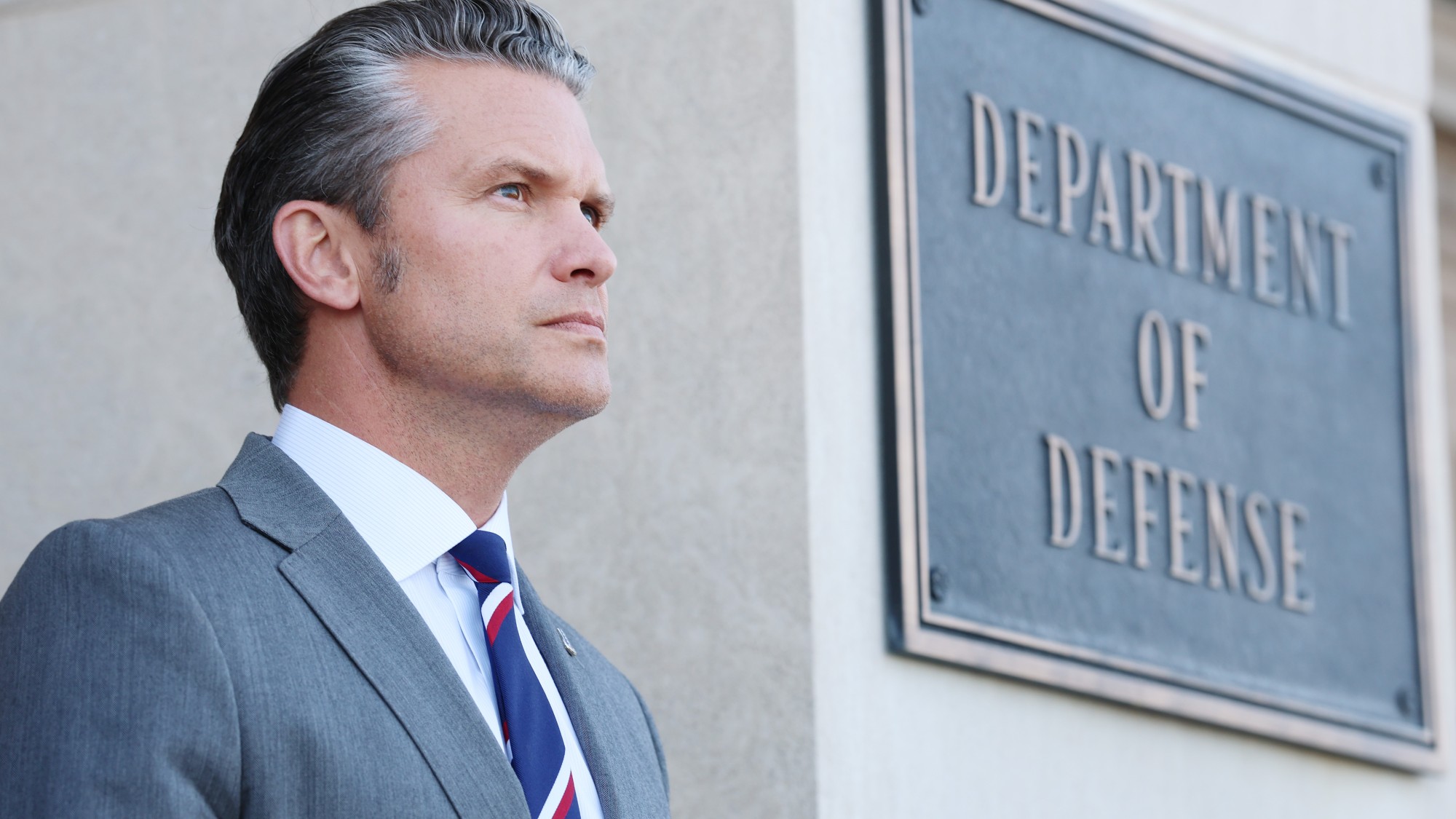 How the War Department became the Department of Defense – and back again
How the War Department became the Department of Defense – and back againIn Depth In 1947 President Harry Truman restructured the US military establishment, breaking with naming tradition
-
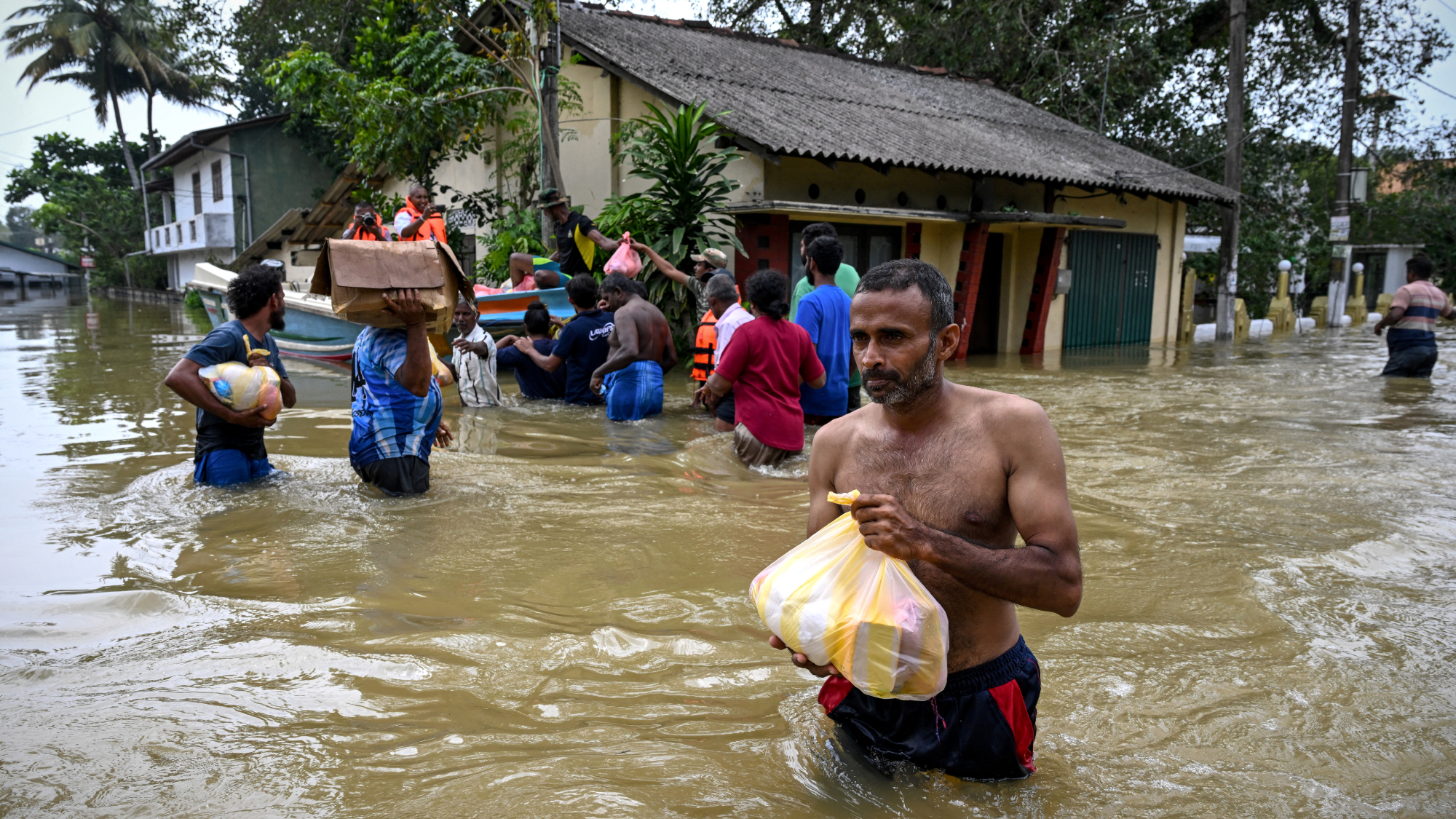 Death toll from Southeast Asia storms tops 1,000
Death toll from Southeast Asia storms tops 1,000speed read Catastrophic floods and landslides have struck Sri Lanka, Indonesia, Thailand and Malaysia
-
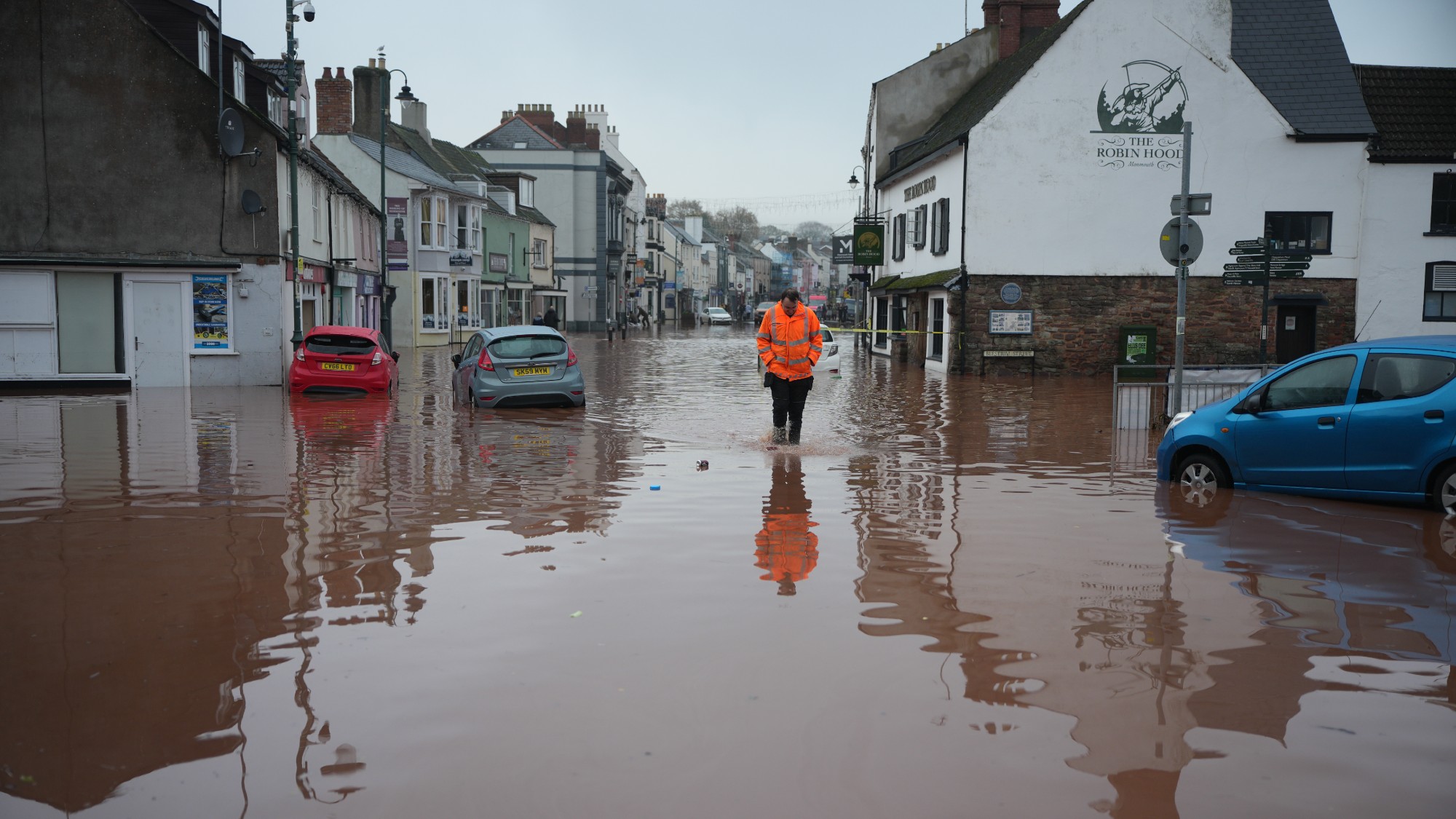 How will climate change affect the UK?
How will climate change affect the UK?The Explainer Met Office projections show the UK getting substantially warmer and wetter – with more extreme weather events
-
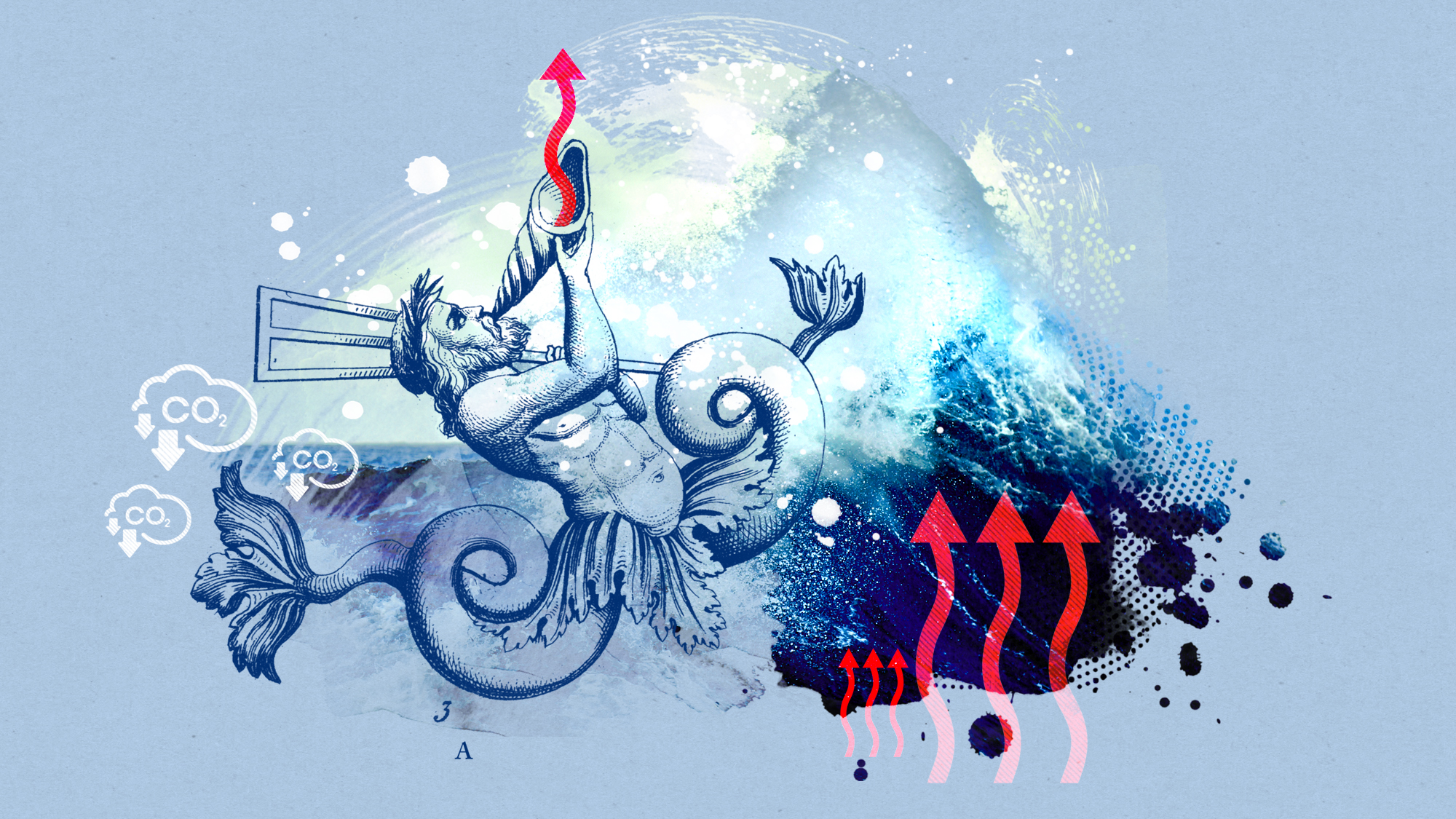 The Southern Ocean is holding in a ‘burp’
The Southern Ocean is holding in a ‘burp’Under the radar The heat from the past can affect the future
-
 Builders return to the stone age
Builders return to the stone ageUnder the Radar With brick building becoming ‘increasingly unsustainable’, could a reversion to stone be the future?
-
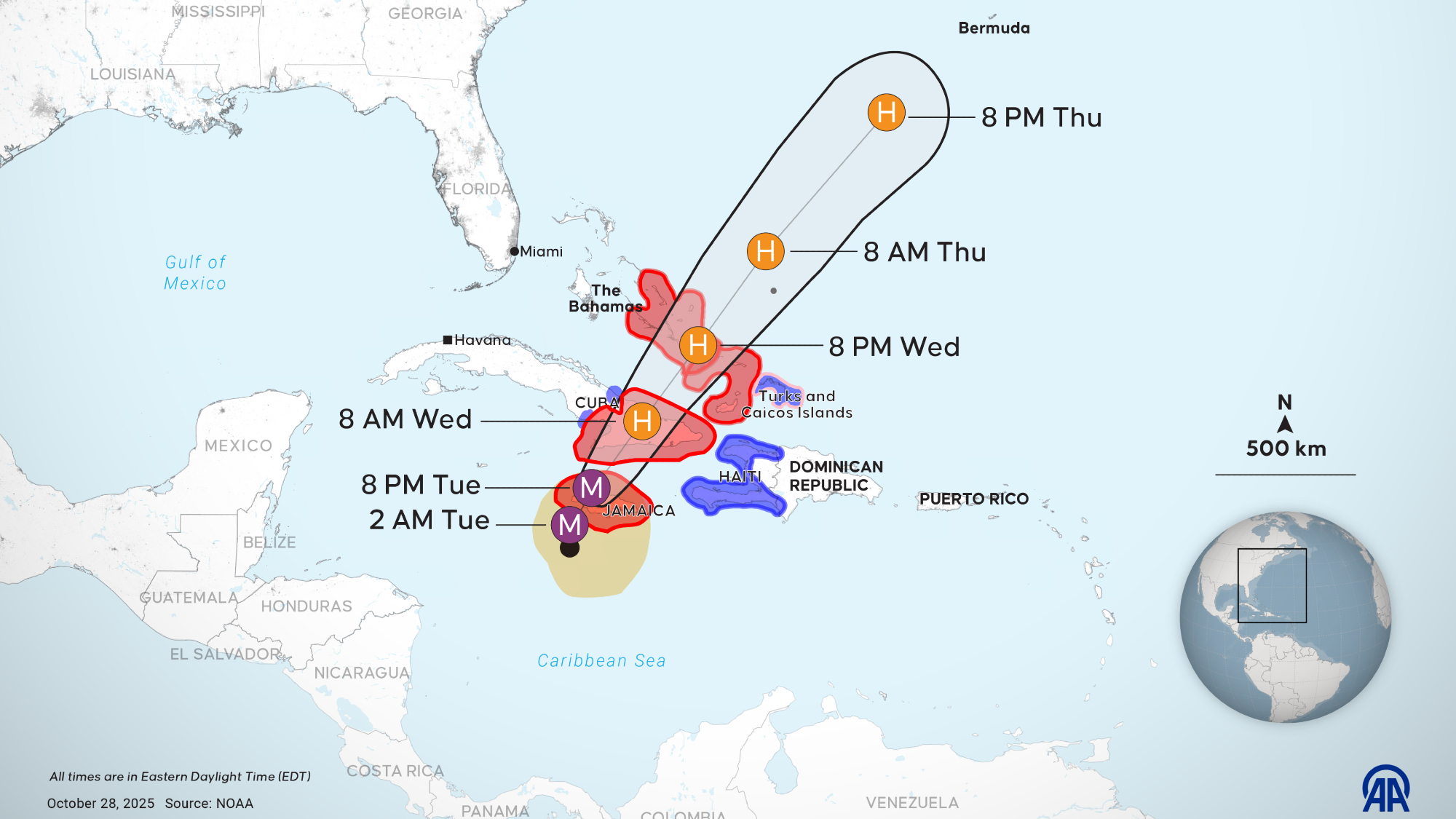 Hurricane Melissa slams Jamaica as Category 5 storm
Hurricane Melissa slams Jamaica as Category 5 stormSpeed Read The year’s most powerful storm is also expected to be the strongest ever recorded in Jamaica
-
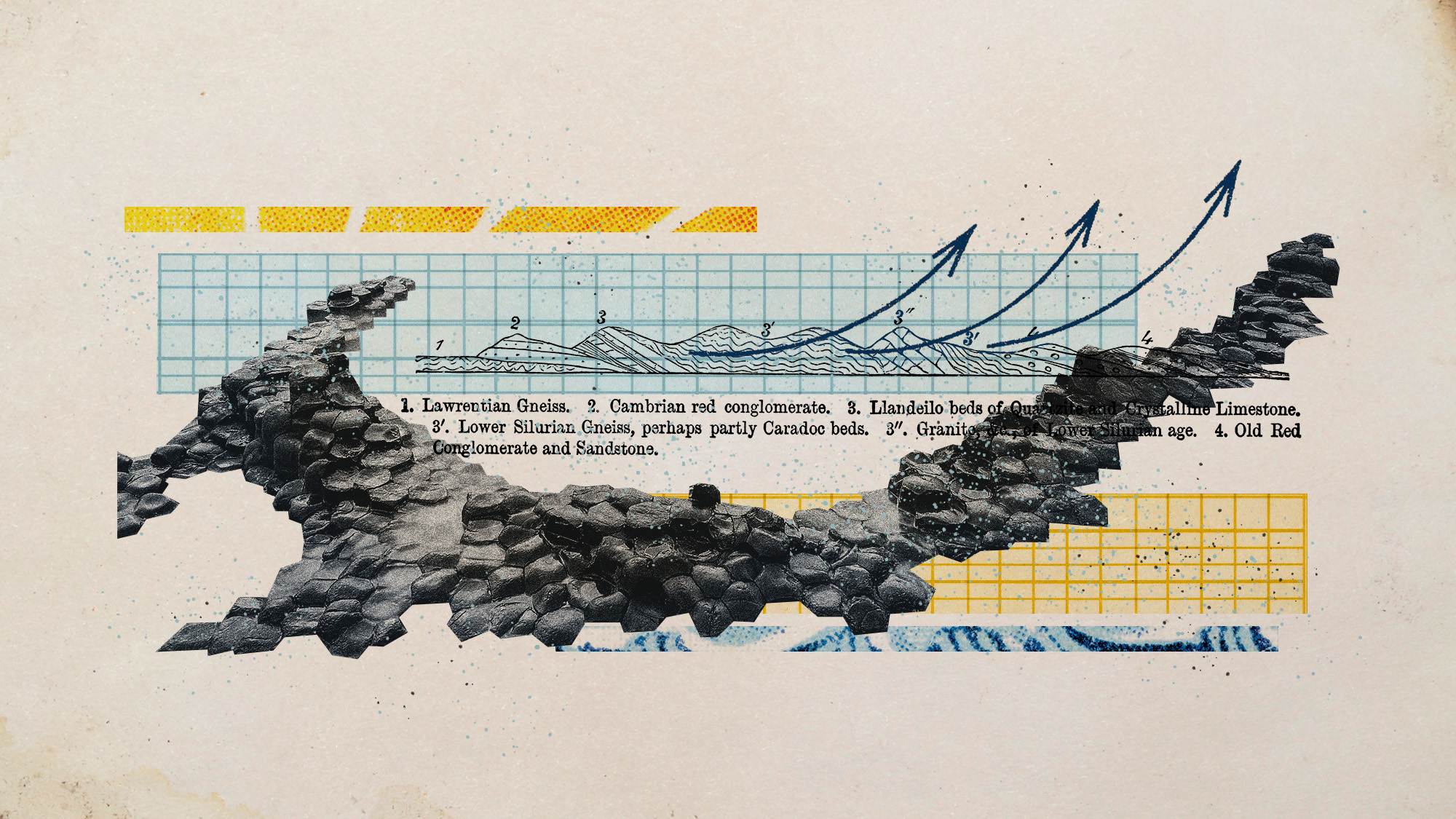 Scientists want to use enhanced rock weathering to cool the Earth
Scientists want to use enhanced rock weathering to cool the EarthUnder the radar Rock dust could trap atmospheric carbon
-
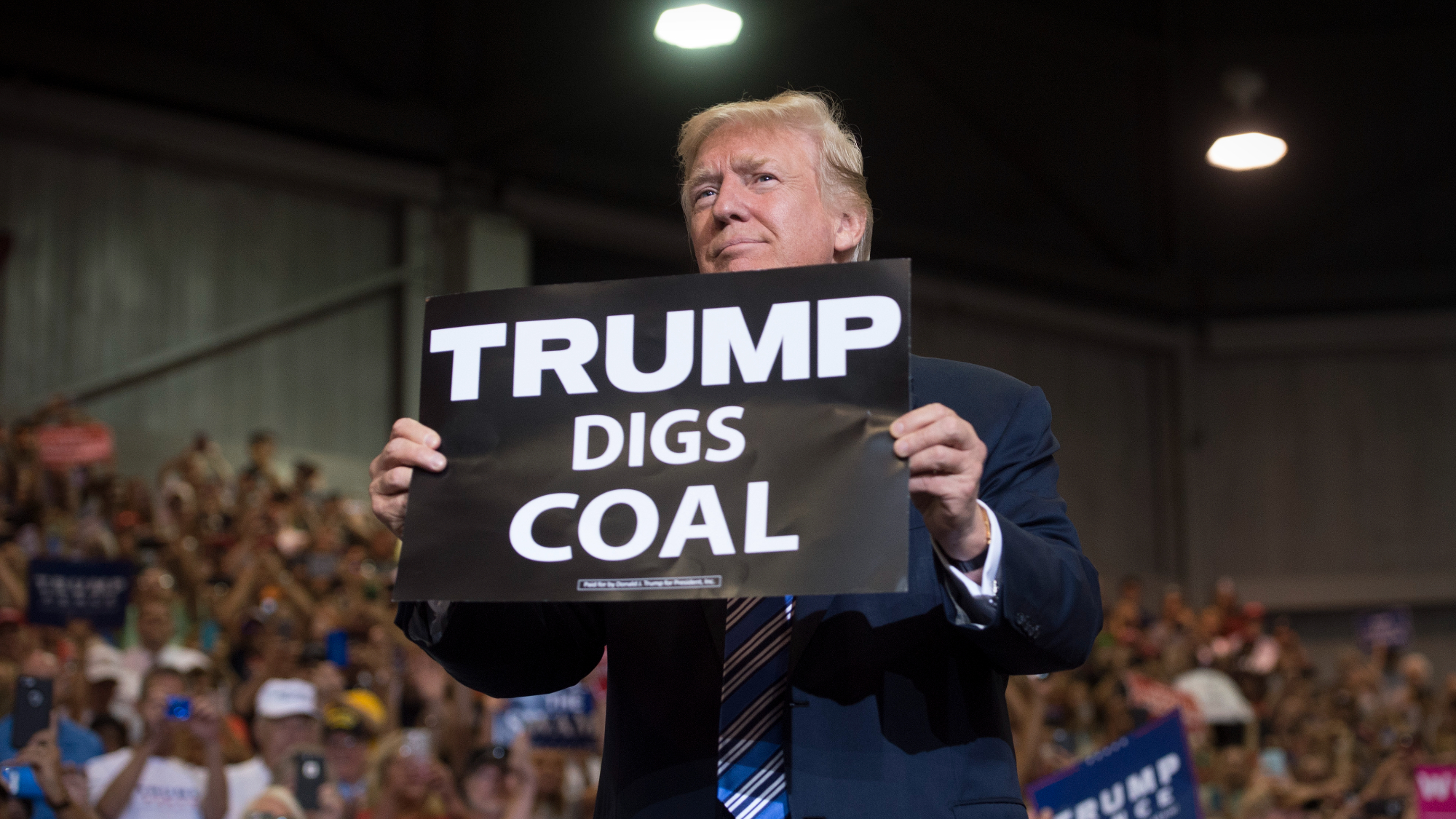 Renewables top coal as Trump seeks reversal
Renewables top coal as Trump seeks reversalSpeed Read For the first time, renewable energy sources generated more power than coal, said a new report
-
 China vows first emissions cut, sidelining US
China vows first emissions cut, sidelining USSpeed Read The US, the world’s No. 2 emitter, did not attend the New York summit
